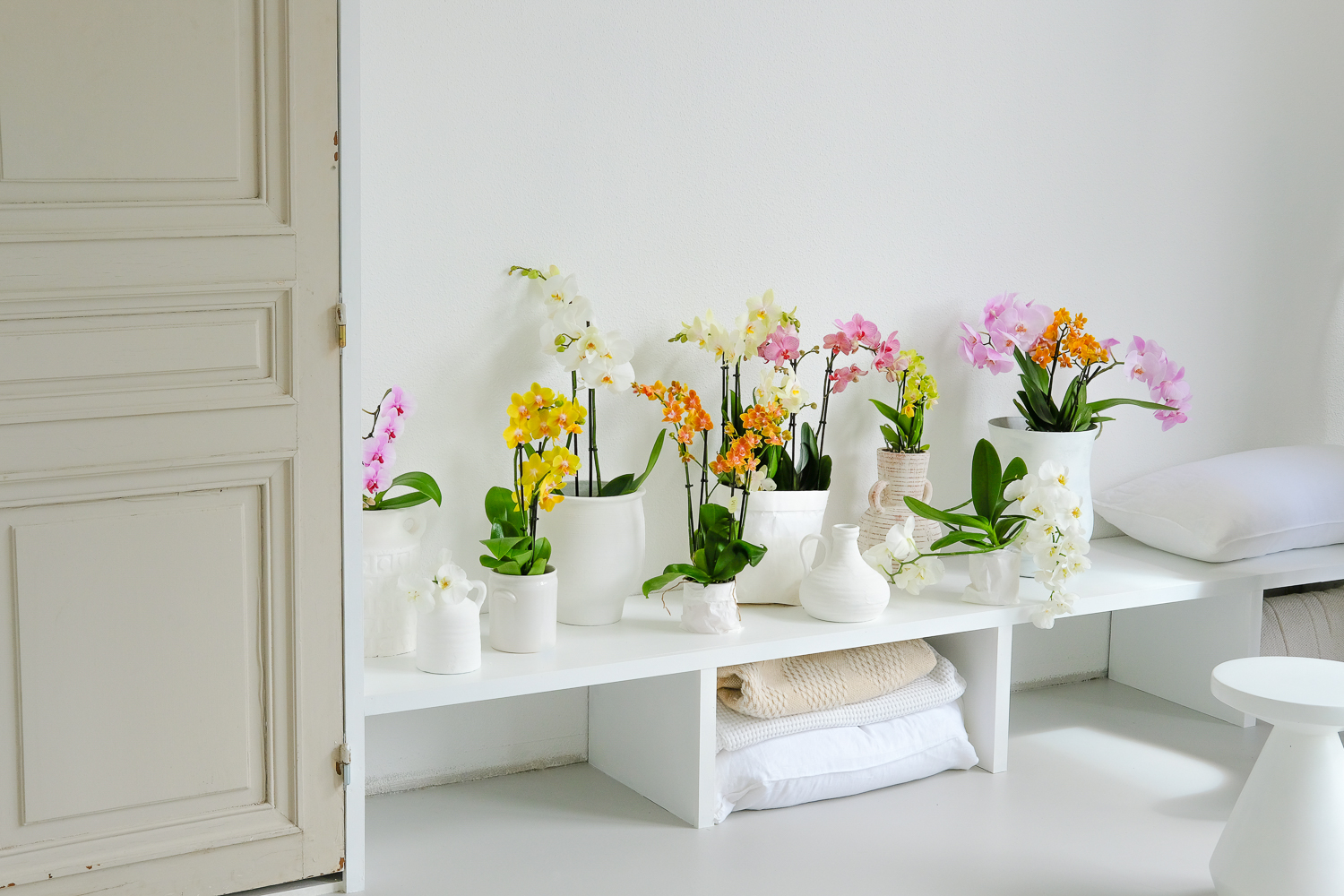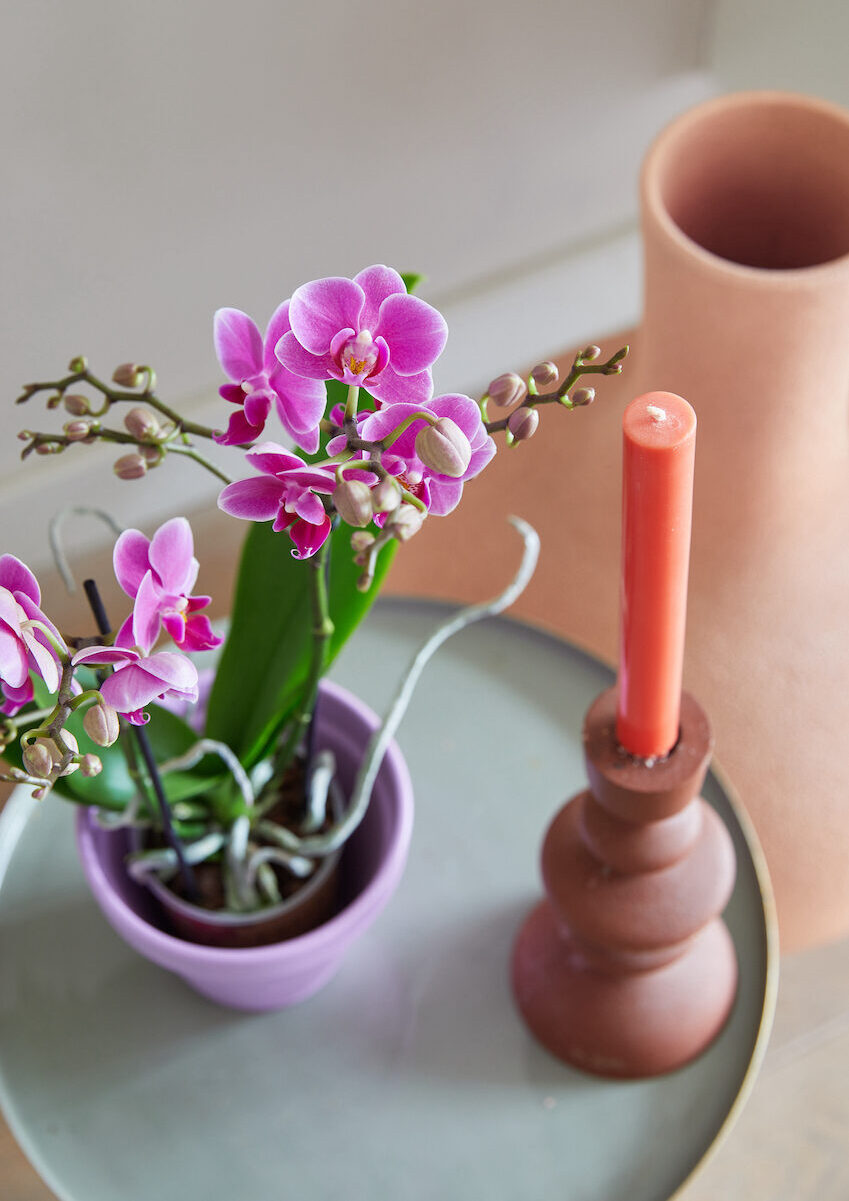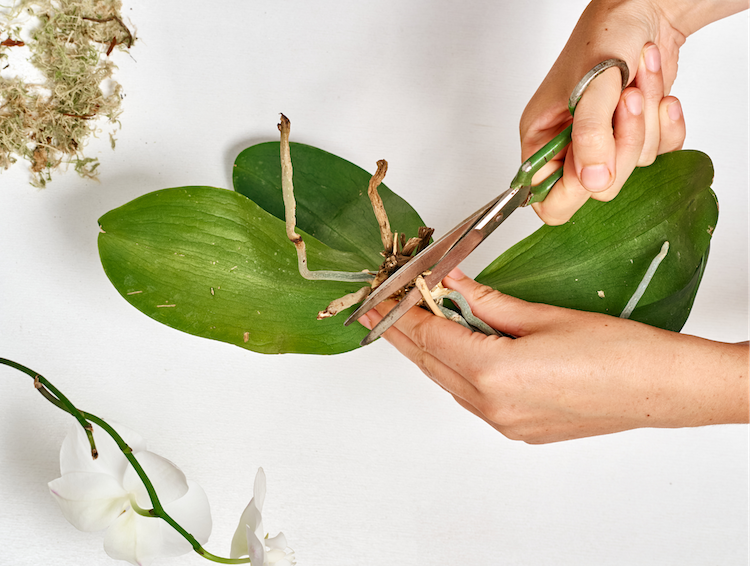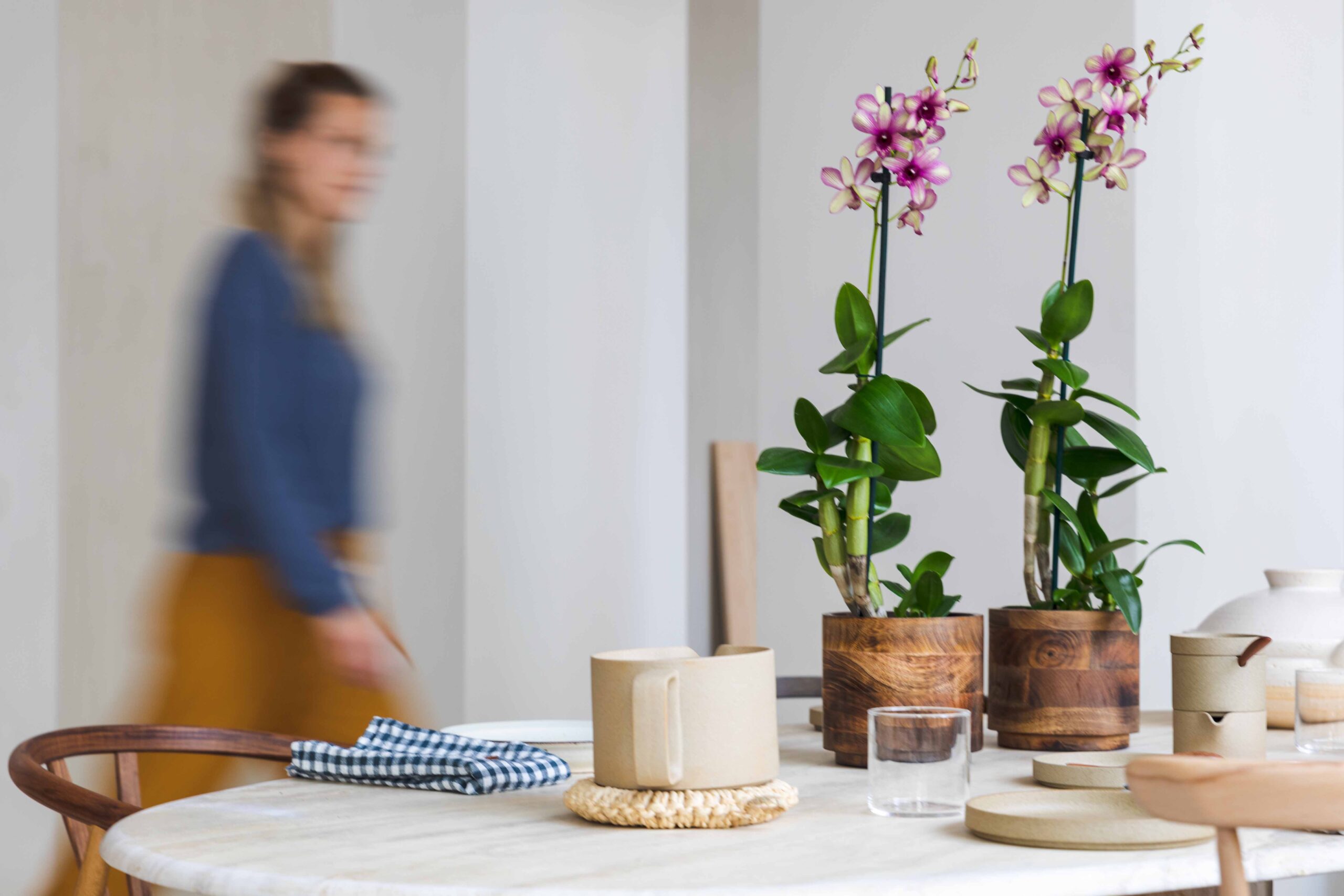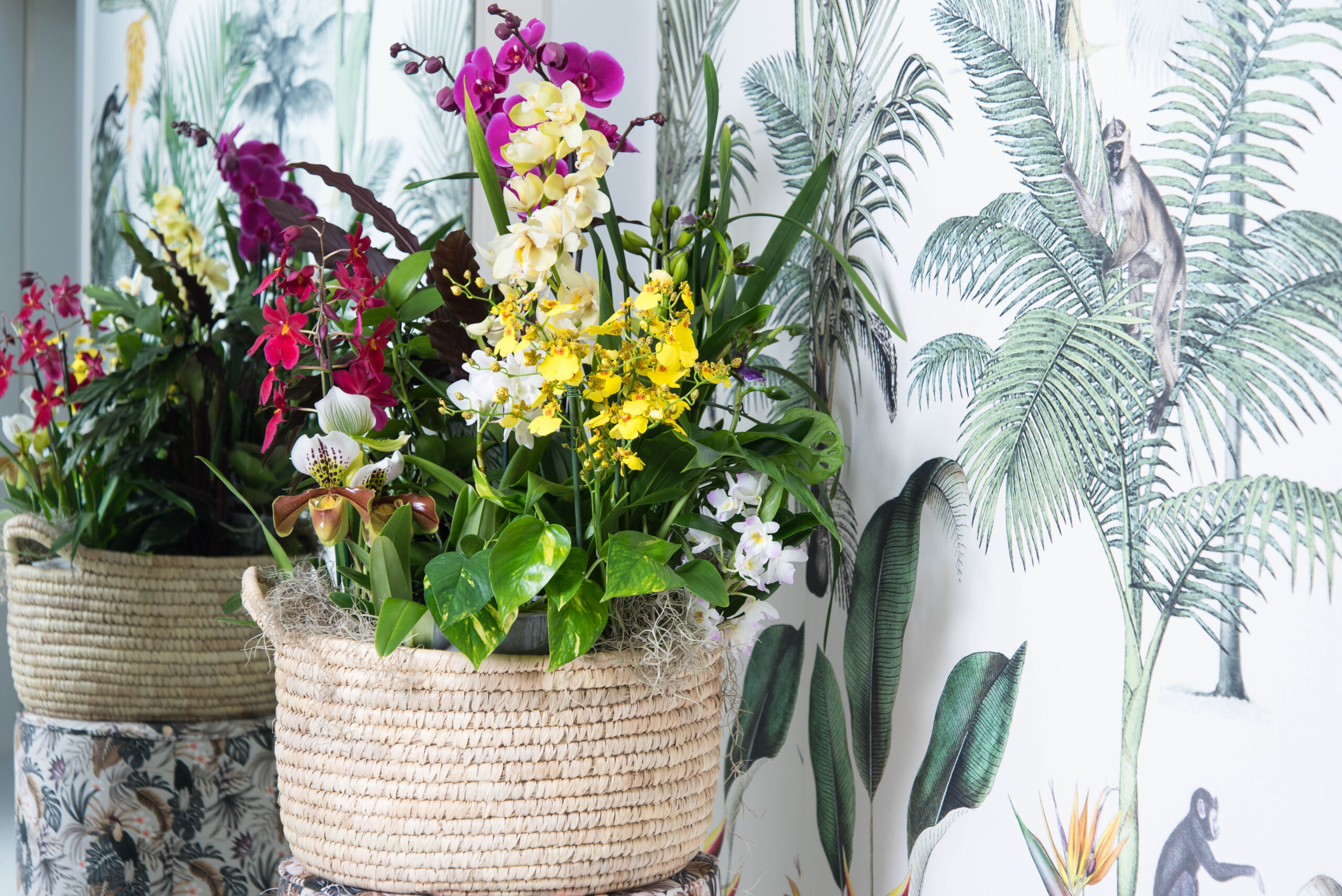How to help your orchid rebloom in the spring
Did you know that an orchid doesn’t just bloom once, but many times? You can enjoy this plant for years to come! Spring is the perfect time to give an orchid a fresh start. With more sunlight and rising temperatures, orchids often sprout new buds. In this article, we provide you with a few tips to help your orchid rebloom in the spring!
How to help your orchid rebloom in the spring
Once your orchid has finished blooming, it may take some time before it blooms again. However, it is worth the wait because when this plant blooms, you can enjoy it for several weeks – sometimes even months! When an orchid begins to grow again, there are a few things you can do to help it along:
- Place the orchid in a bright spot, but not in direct sunlight. Orchids need adequate light to bloom; insufficient light may result in few or no flowers.
- Orchids don’t like drafts. While some fresh air is beneficial, be cautious with frequently open windows and doors.
- Support new stems with a stake. New stems are often heavy and quite fragile, so they can benefit from additional support. And those stakes with clips in the plant pot are there for a reason!
- Water your orchid once or twice a week. Preferably, do this by placing it in a container of water for about 5-10 minutes, allowing the roots to absorb the water.
- Enhance your orchid’s radiance by giving it a bit of extra orchid fertilizer. Note: regular plant fertilizer is too strong for an orchid, so only use special orchid fertilizer!
- Increase humidity by occasionally misting the orchid’s leaves with a plant mister.
- The ideal room temperature for an orchid is between 20 and 22°C.



